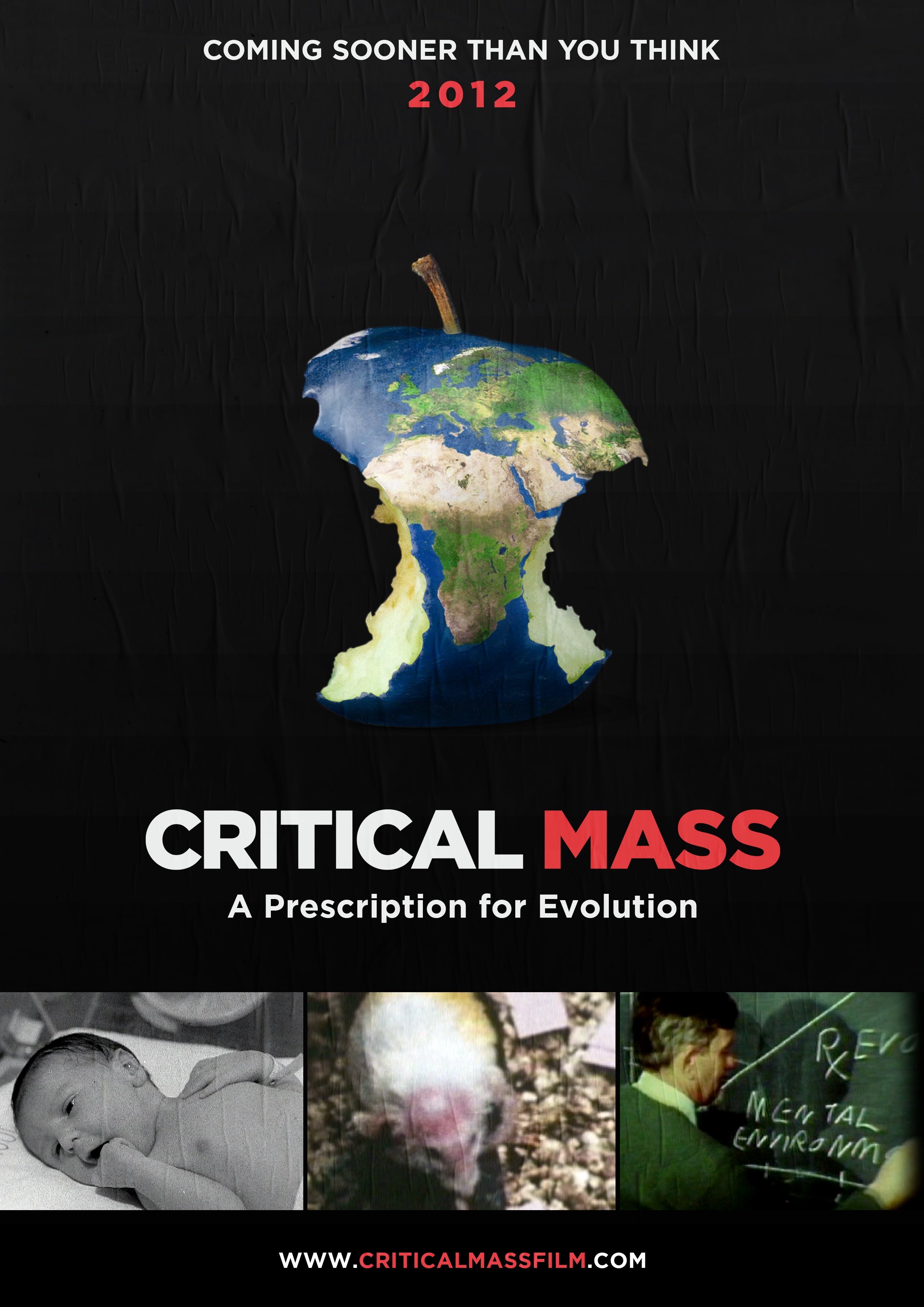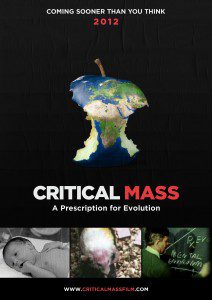
15 May MOUNTAIN FILM: “CRITICAL MASS” FEATURED
Editor’s Note: Documentary’s theme, population explosion, the subject of a Mountainfilm Moving Mountains Symposium, Friday, May 25
We like to put “mental” back in “environmental”: John B. Calhoun
 Mountainfilm in Telluride 2012 opens with a bang.
Mountainfilm in Telluride 2012 opens with a bang.
That would be the sound of the population bomb exploding. Among the celebrated guests at the Moving Mountains Symposium on Population, Friday, May 25, 9 a.m,– 12:30 p.m. is Paul Ehrlich.
Ehrlich is the prescient author of the bestseller, “The Population Bomb,” written in 1968, when the country itself was exploding with violence: Vietnam, assassinations (Bobby Kennedy and Martin Luther King), and on campuses, protesting Big Brother. Throughout the decade, there was another concern, Ehrlich’s preoccupation: population explosion
In “The Population Bomb,” Ehrlich warns of the mass starvation of humans due to overpopulation and other other major social upheavals. He was criticized in the decades that followed the book’s publication for his “alarmist” tone, but in 2009, he famously stated that “perhaps the most serious flaw in ‘The Bomb’ was that it was much too optimistic about the future.” He believed, however, his work had achieved its goals because “it alerted people to the importance of environmental issues and brought human numbers into the debate on the human future.”
In “Critical Mass,” filmmaker Mike Freedman picks up on Ehrlich’s lead, and sprints. His feature-length documentary is about the impact of human population growth and consumption on our planet and on our psychology. It is also a story of mice and men.
“Critical Mass” is based on the rodent population experiments of Dr. John B. Calhoun, conducted at the National Institute of Mental Health in the United States between 1958 and 1983.
Calhoun placed the rodents into enclosures and supplied all the food and water they needed to survive. In these utopian conditions, the rodents bred at a tremendous pace, doubling their population over and over. As the experiments progressed, the behavior of the rodents began to change dramatically, raising unsettling parallels to the human situation.
As the documentary explores these extraordinary experiments, more than 20 leading scientists, academics and authors interviewed in five countries provide a comprehensive overview of the present and future challenges of population growth around food, water, and energy supplies for humans as we head for the 9 billion mark by 2050.
As the world becomes more crowded and resources become more constrained, how do we build relationships and societies that continue to support our psychological, emotional and physical needs?
Startling facts back up Freedman’s concerns.
By 2023, 1.8 billion people will be living in water-scarce areas and two-thirds of the people in the world will live in areas classified as “water-stressed.” At the current rate of growth, China in 2035 will consume 68% more oil than the U.S. By 2050, if current trends continue, the world will need to produce 70 percent more food than it does today.
Now, for the first time in history, more than 50 percent of the global population live in urban areas. This trend is set to continue, with 70 percent of the world’s people living in cities by 2050.
Based on this startling research by The Royal Society and Institute of Mechanical Engineers in the U.K., the immediate future of the human population is not only growth, but also high density living in urban areas. Calhoun’s experiments deliberately intended to mimic the structure of human cities, are fast becoming more relevant than ever.
Freedman’s “Critical Mass” is a critical film to see.
For a preview, watch the trailer.
Screenings st the Sheridan Opera House, Saturday, May 26, 6 p.m and Sunday,May 27, 6:30 p.m., Masons Hall.


Sorry, the comment form is closed at this time.